Last Updated on August 30, 2021 by Asif Iqbal Shaik
Ever since the COVID-19 pandemic was declared last year, people have been stuck in their homes, working and learning remotely. The sudden work-from-home trend made people realise the advantages of a PC for improved productivity. No wonder, sales of PCs, laptops, monitors, and other computer accessories and components have shot up significantly over the past year. If you are among those people who have been a PC or want to upgrade to a newer one, we have a guide that can help you in building a PC that enhances your productivity.
We have already published an article that explains how to build a great gaming PC for under ₹70,000. This article shows you how to build a PC for productivity and work.
Best Productivity PC Build For 2021
For a productivity-focused PC, it is important to have a fast processor that has both high single-core and multi-core performance. It is also critical to have a good GPU so that you can muscle through tasks like professional image and video editing, 3D model rendering, simulation, cryptocurrency mining, machine learning, game development, playing high-resolution files, browsing heavy webpages, and power a multi-monitor work PC setup. A productivity PC should also have enough RAM so that all apps can stay in memory in parallel. Other important things to keep in mind is having a good, high-resolution monitor, fast wired and wireless connectivity, and ergonomic and tactile keyboard and mouse.
Processor: At least 6-core CPU with a recent architecture

For a productivity PC, you should choose a processor that has a relatively modern architecture, at least four CPU cores with multithreading, and high clock speeds. We recommend having a six-core CPU, though, for future-proofing your computer for the next few years. We have already listed the best processors to buy in 2021 in our recent article. An Intel Core i5-10400F is a great start at around ₹10,500, with 6 cores and 12 threads, and fast performance. However, we recommend getting an AMD Ryzen 5 3600X CPU (around ₹21,000) that has 6 cores and 12 threads as well, but it has a newer architecture and is built on a 7nm process. It has faster single-core and multi-core performance than the Core i5-10400F in productivity tasks and applications such as rendering, code compilation, web development, machine learning, game development, and opening and editing heavy Microsoft Office files. Even if you want to set up virtual machines or a server, the Ryzen 5 3600X is a great CPU in its price segment.

If you can spend even higher, we recommend getting an 8-core or 12-core CPU with a high TDP and room for overclocking. Some CPUs that we can recommend are Intel Core i5-10600K, Ryzen 5 5600X, Intel Core i7-10700K, AMD Ryzen 7 5800X, AMD Ryzen 9 3950X, AMD Ryzen 9 5900X, and the AMD Ryzen 9 5950X. AMD’s Ryzen 5xxx series CPUs offer PCIe 4.0 compatibility, which means faster SSDs (and faster GPUs in the future). We do not recommend going with the 9th Gen or older CPUs from Intel.
GPU: A 2018 or newer mid-range or high-end GPU
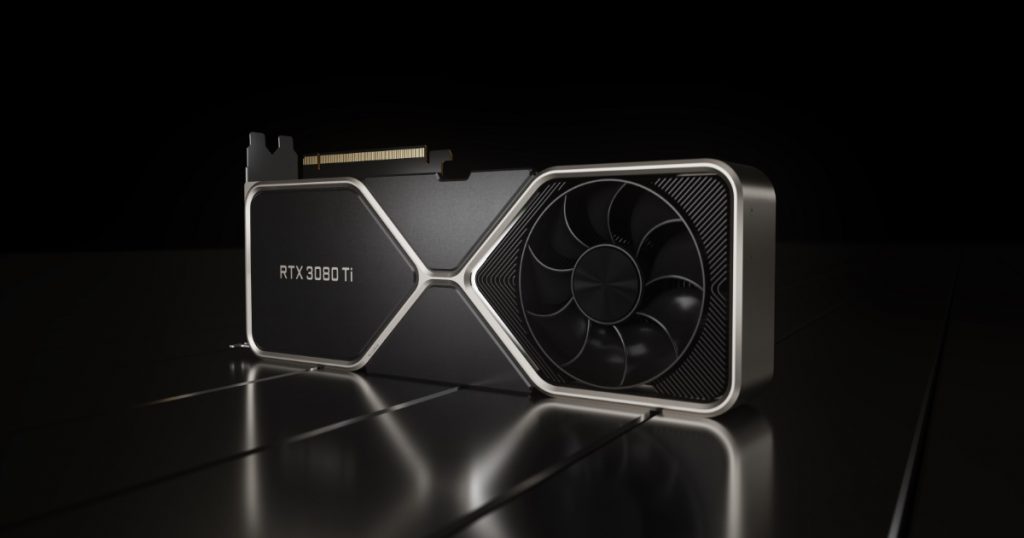
You don’t need to go and buy a high-end GPU unless you also want to do some gaming on your productivity or work PC. A decent lower mid-range or mid-range GPU would suffice for most video editing and rendering tasks. An Nvidia GeForce GTX 1660 Super or GTX 1660 Ti would be great not only for editing, rendering, and machine learning but also for playing AAA gaming titles at Full HD resolution at 60fps. You can get the GTX 1660 Super for around ₹20,000.
This is a really bad time for buying a graphics card due to extreme worldwide chip shortages, and GPU prices have spiked a lot over the past few months. However, if you can get your hands on any of the new cards during a pre-announced sale, you should get the Nvidia GeForce RTX 3060 or the RTX 3060 Ti. If you can spend higher, and if you can buy a newer graphics card at around MSRP prices, you can also look at the AMD Radeon 6700XT, Nvidia GeForce RTX 3070, or the Nvidia GeForce RTX 3080. These cards offer higher productivity and much faster gaming performance.
RAM: 16GB or higher DDR4 RAM
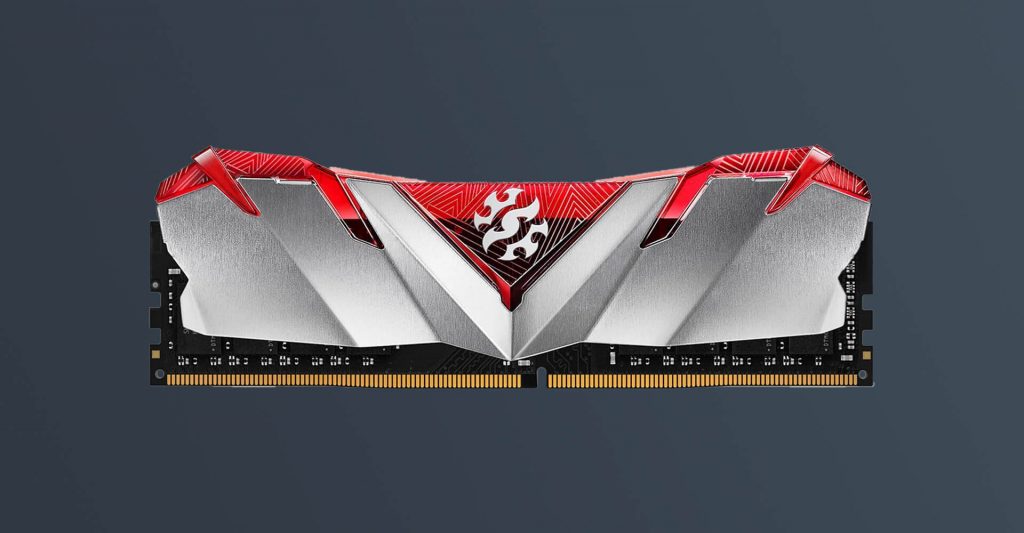
While 8GB RAM is enough for day-to-day tasks, it isn’t great for productivity tasks. Some applications need higher RAM to perform well. For resource-intensive tasks like image and video editing, 3D modelling, and simulation, we recommend having 16GB or higher RAM. Right now, 16GB is the sweet spot, but for demanding users who plan to run multiple productivity apps and web browsing simultaneously, 32GB could be required. You should get 16 or higher DDR4 RAM with 3000MHz or higher frequency.
You should read how much RAM is recommended for the apps that you plan to run on your PC, check the highest RAM capacity and frequency that is supported by your CPU and motherboard of choice, and then look at individual reviews. Make sure that you buy two or four RAM sticks and install them in the dual-channel mode to take their full advantage. Some RAM recommendations from us include the Corsair Vengeance LED, Corsair Vengeance RGB, G.Skill Trident Z RGB, Corsair Dominator Platinum RGB, and HyperX Fury RGB. If you want something on a budget, you can’t go wrong with the Kingston HyperX Fury.
Storage: 512GB or higher PCIe NVMe SSD

A fast PC needs fast storage. And nothing can speed up your PC like an upgrade from a traditional spinning hard disk drive to an NVMe PCIe SSD. Of late, PCIe NVMe SSDs have become so cheap that there’s no sense in buying a SATA SSD. You can get 1TB PCIe NVMe SSD for as low as ₹8,000. Any recent SSD from brands like Adata XPG, Sabrent, Gigabyte, Samsung, Team Group, and WD can be a good buy.
You should look for an SSD that has 2,000Mbps or higher sequential read speeds and more than 1,500Mbps or higher sequential write speeds. If you can spend higher, you should opt for a PCIe 4.0 SSD that can double the read and write speeds compared to a PCIe 3.0 SSD, provided that you have a PCIe 4.0 compatible CPU and motherboard. Some great high-end PCIe 4.0 SSDs in the market right now are Samsung 980 Pro, WD Black SN850, Sabrent Rocket 4 Plus, Adata XPG Gammix S50 Lite, and the Gigabyte Aorus. Some mid-range SSDs are SK Hynix Gold P31, Samsung 970 EVO Plus, Sabrent Rocket Q, and Team Group T-Force Cardea Zero Z340. The WD Blue SN550 is a great entry-level PCIe NVMe SSD. You can choose any one of them, depending on your needs and budget.

If you don’t have enough budget but you don’t want to lose out on bulk storage, you can go with a combination of a 256GB SSD for around ₹3,500 (at the time of writing this article) and around ₹3,000 for a 1TB 7200 RPM hard disk drive. You can upgrade to a 1TB or 2TB PCIe NVMe SSD at a later stage.
Motherboard: Should Have At Least One Type-C Port, 4 RAM Slots, 2 M.2 SSD Slots, 2 PCIe x16 Slots

If you are going to choose an AMD CPU, you should go with a B550 chipset motherboard. If you want a PCIe 4.0 slot as well, go with X570 chipset motherboards. If you have chosen an Intel CPU, you should go with Z590, B560, or H510 motherboards.
Whichever motherboard you choose, make sure that it has support for at least 64GB RAM (with 4 RAM slots), two M.2 SSD slots, two PCIe x16 slots for graphics cards, and two PCIe x4 slots. It should also have at least four SATA ports, optical audio out, a USB 3.2 Gen 2 Type-C port at the rear, a USB 3.2 Gen 2 Type-C front port header, at least four USB 3.2 Type-A ports at the rear, and support for at least two USB Type-A front headers.
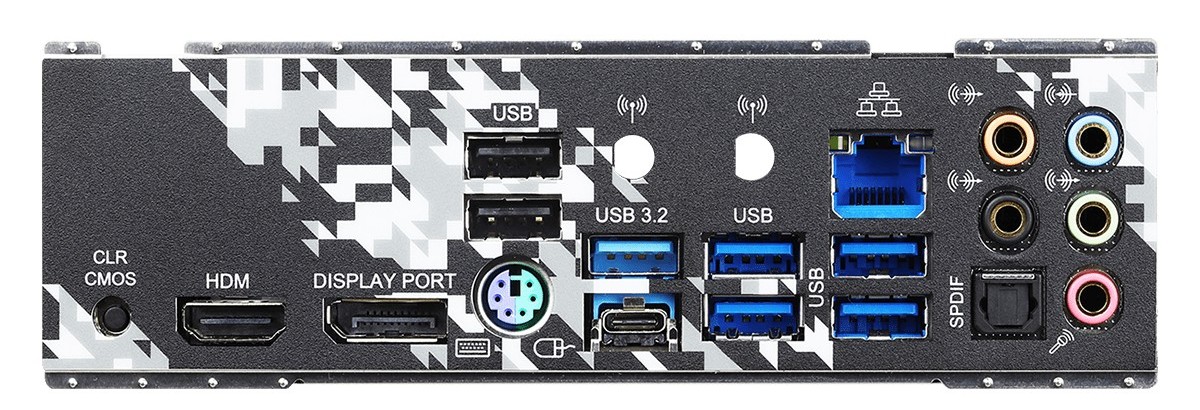
Other good qualities to look out for in a motherboard include reinforced PCIe slots for supporting bulkier graphics cards, heat sinks for SSD slots, heat sink or fan for cooling the chipset, easier mounting for rear ports, and a dedicated button for clearing CMOS. A CLR CMOS button makes it easier to reset BIOS settings, which comes in really handy when you are overclocking the CPU, RAM, or graphics card.
Tip: If you are mounting the GPU vertically on your PCIe 4.0-compatible motherboard and have an AMD CPU, make sure to either buy a PCIe 4.0 riser cable or set the PCIe setting to PCIe 3.0 compatibility mode in the motherboard’s BIOS settings.
Case & Cooling: Lots Of Room & Airflow

It is quite simple to choose a case according to your preferences. First and foremost, do not go with small-sized cases such as Mini ITX or Micro ATX. You should go with a mid-tower or full-tower ATX case because such cases offer enough room for larger-sized motherboards, bulkier graphics cards, and they have good airflow. They also offer enough room for your hands while building the PC itself. Unless you absolutely don’t have room for a mid-tower case in your home, there’s no need to build a small form factor PC.
A case should also have a good airflow design and preferably a mesh at the front, top, and bottom so that air can flow freely. A basic design that you can’t go wrong with is a case that intakes cool air from the front and exhausts hot air from the top and the rear. For effective cooling, you should add 2-3 120mm fans at the front to pull in cool air and 2-3 fans (2 at the top and 1 at the rear) for exhausting hot air. It should also have enough room at the front and the top to accommodate a 280mm or 360mm radiator. The better the case is in cooling internal components, the better the PC can perform. It is also great for overclocking.
For enhanced ease-of-use factor a motherboard is preferred that has at least one USB Type-A port, one USB Type-C port, and a headphone jack at the front so that you don’t have to reach the rear of your PC every time you want to connect a pen drive, an external storage disk, a headphone, or your smartphone. Corsair, Lian Li, Phanteks, and Thermaltake generally make good PC cases.
CPU Cooling: Air Cooler Or AiO Liquid Cooler
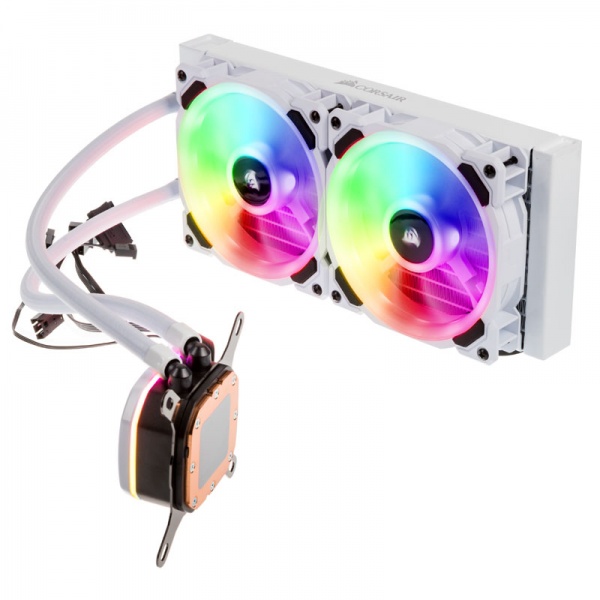
If you are buying a mid-range or a high-end processor, there’s a good chance that it might not come with a stock fan/cooler. In that case, you would need to buy a third-party air cooler or liquid cooler. I do not suggest going with a DIY liquid cooler for this PC build because it requires a good amount of time for maintenance (draining the coolant, disassembling the pipes, and fill in the new coolant liquid) once every year or so. In that case, your best bet is to go with a high-quality air cooler (from brands like Noctua and Cooler Master) or an AiO liquid cooler from Corsair, Lian Li, NZT, or DeepCool.

Air coolers cost anywhere between ₹1,000 to ₹10,000, depending on the brand and cooling performance. AiO liquid coolers can cost anywhere between ₹3,000 to ₹25,000, depending on the size of the radiator, brand, and RGB lighting. However, we don’t recommend spending anything over 15,000 on AiO liquid coolers. With a high-quality CPU cooler in place, you can opt for overclocking the PC to reach new performance potential.
Keyboard: A Mechanical Keyboard With Ergonomic Design

A good keyboard is essential for a good productivity PC. We suggest going with a mechanical keyboard with tactile and backlit keys and an ergonomic design. You should read our extremely detailed mechanical keyboard buying guide to know what mechanical keyboards are and how you can improve your productivity by using them.
You should choose a keyboard that has good build quality because such keyboards can last for a decade. If you are someone who works with a lot of numbers, you might prefer a keyboard with a dedicated number pad. Backlit keys improve key visibility even when your room is dim and you can work even when your family is sleeping. If you don’t like clicky keyboards or don’t want to disturb others in the house, you should go with silent key switches like the Cherry MX Red or Cherry MX Brown (or equivalents to them). Extra features also include an additional USB port on the keyboard to attach the mouse or a pen drive, dedicated media keys, and macro keys.
Coming to the keyboard’s ergonomics, not all keyboards are built the same. Some of them offer you comfort for hours, while others can tire your wrists and fingers after a couple of hours. You can either buy a keyboard that comes with a silicon/rubber wrist rest or buy an after-market wrist rest. Some ergonomic keyboards are crafted to suit the positioning of your hands. Some ergonomic keyboards even come in a split form factor so that you can place two halves as per what deems you comfortable.
For higher productivity, don’t forget to set macros for key combinations or apps that you frequently use in your workflow. You can look at the list of the best wired and wireless keyboards in India in our article.
Mouse: Large-Sized Mouse With Additional Buttons
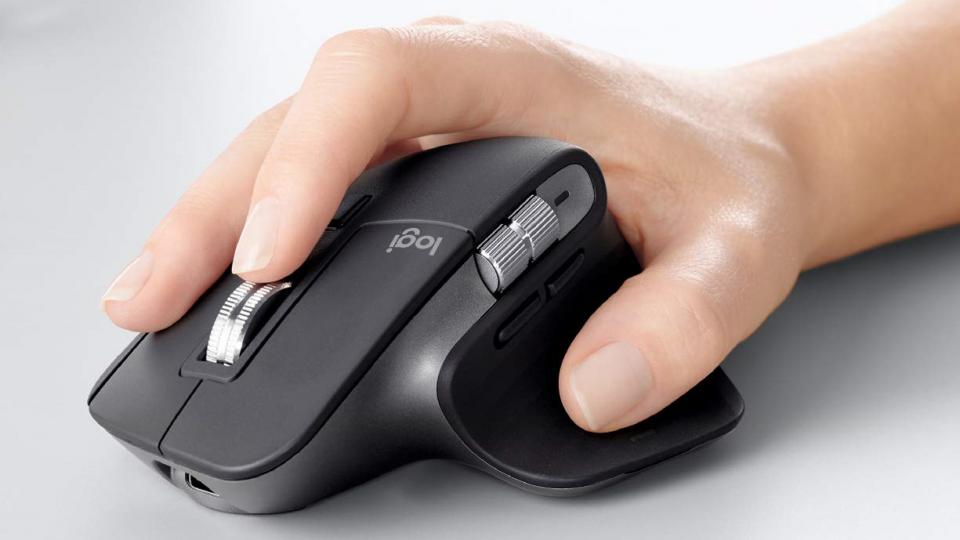
While some people choose compact mice, if you plan on working for long hours in front of a PC, you should get a large-sized mouse that your palm can cup comfortably. By all means, also avoid mice that have a flatter design. For faster workflow and improved productivity, choose a mouse that has additional keys and companion software that you can use to customize its controls, speed, and behaviour. Logitech, Microsoft, Razer, and SteelSeries make excellent mice. Microsoft and Logitech have special models that are sculpted to offer great ergonomics and in-palm comfort. Some brands such as Logitech even make vertical mice that are arguably better than traditional mice. The comfortable the mouse is, the longer you can work without feeling tired.
In terms of customisation, companion apps/software for a mouse can customise what happens when you press a particular button, the tracking speed, pairing with another PC, and several other things. For example, I use a Logitech MX Master 2S, and I’ve customised the scroll wheel button to open the Task View on my Windows 10 PC. I have also customised the button below the scroll wheel to switch between normal scrolling and smooth scrolling.
Some of the best ergonomic and productivity mice that are available right now are the Logitech MX Master 2S, Logitech MX Master 3, Logitech MX Vertical, Microsoft Classic IntelliMouse, Microsoft Bluetooth Ergonomic Mouse, and the Razer Viper Ultimate. You can view the best wired and wireless mice in India in our dedicated article.

Monitor: 24-inch Or Bigger Monitor With 1080p or 1440p Resolution
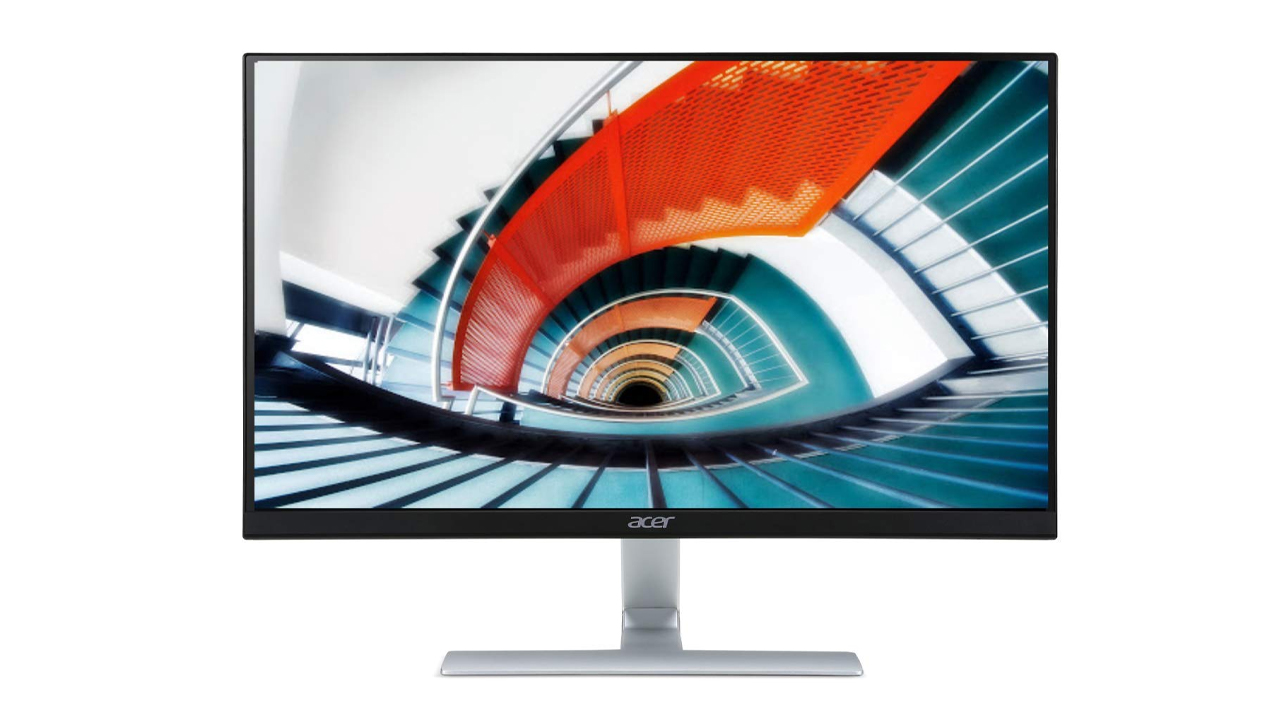
For a productivity PC, you should aim for getting at least a 24-inch Full HD (1,920×1,080 pixels) monitor. That gives you ample screen size and resolution to be able to open two windows side by side without text blurring or the windows being too narrow. However, we would recommend a 27-inch monitor with QHD (2,560×1,440 pixels) resolution, which would result in sharper text and fit in more content in one glance. This would speed up your workflow.
In terms of picture quality, aim for a monitor that can offer at least 300 nits of brightness, a 1000:1 contrast ratio, and a 5ms grey-to-grey response time. IPS LCD monitors offer wider viewing angles but their contrast ratio is relatively lower. VA LCD monitors have a better contrast ratio than IPS LCD monitors, but their viewing angles suffer.
If you are in the photo or video editing profession, colour accuracy should be an important metric while buying a monitor. Look out for colour volume coverage in Adobe RGB (over 90%) and DCI-P3 (over 90%) colour gamuts. Not only that, you should read individual reviews of monitors to check how colour accurate they are. You should also prefer a monitor that has 2-3 video input ports and a headphone jack. We have already listed the best budget monitors under ₹10,000 for work-from-home and productivity PC setups.
Wi-Fi Dongle + Bluetooth: Fewer Wires, Neater Looking Desktop
In this day and age, where wireless connectivity rules, your productivity PC should have both Wi-Fi and Bluetooth features. There are various brands that offer USB and PCIe Wi-Fi adapters for PCs. We recommend buying the one with at least Wi-Fi 5 (also known as Wi-Fi b/g/n/ac) connectivity standard. If you want to be future-proof your PC in terms of wireless connectivity, wait for Wi-Fi 6E USB dongles to hit the market. For connecting Bluetooth wireless earphones, you should also equip your PC with Bluetooth 5.0 dongles (or PCIe adapters). A productivity computer that features both Bluetooth and Wi-Fi faces fewer wires and more free USB ports to connect other accessories. You can spend anywhere between ₹1,500 to ₹5,000 for Wi-Fi and Bluetooth adapters.

![Best Monitors in India Under ₹10,000 [2021] for Work-From-Home Setups](https://onsitego.com/blog/wp-content/uploads/2021/02/Work-From-Home-PC-Desk-Setup.jpg)
Discussion about this post